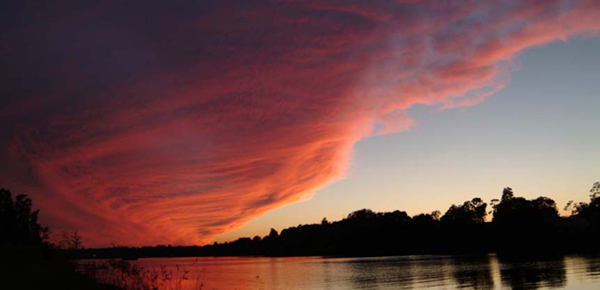Featured Posts, General
Cold Fronts
May 23, 2009 by admin · Leave a Comment
If you ask a specialist what a cold front is, you will probably get answers that are quite technical. There are simpler ways to explain what it is. Simply explained, it’s the part from the front of an air mass, which is cooler than the air found in its front. Since the mass of air is cool, the warmer air will be pushed and displaced.

The displacement phenomenon appears because the cold air can’t mix with the warm air, which is less dense. That’s why the cold air ends up pushing the warm air, and clouds form because of it. Such a cold front can sometimes be hundreds of kilometers long and often enough they come together with lower pressure.
If you want to understand what fronts are, you should learn about precipitations and temperature. In many cases, there is warm temperature before the passing of a colder front. As the front passes, there will be a drop in temperature and that take less than an hour sometimes. There is more of a gradual cooling as the front departs. During winter and autumn, these cold fronts can drop the air temperature a lot and they can last for weeks.
Precipitation can come together with changes in temperature. With enough moisture, there is the possibility of some showers before a front passes. These showers can become thunderstorms and later flooding. With bad storms flooding can appear as well. Also, even after cold fronts pass, they can still leave some light showers behind, if the clouds haven’t cleared yet.
Bad weather conditions aren’t always the end result of cold fronts though. Sometimes, if the cold fronts are only mildly so, you might not see temperature changes that are significant. If the moisture is insufficient, there might not be any showers or rains. Winter is usually when they are missing.
